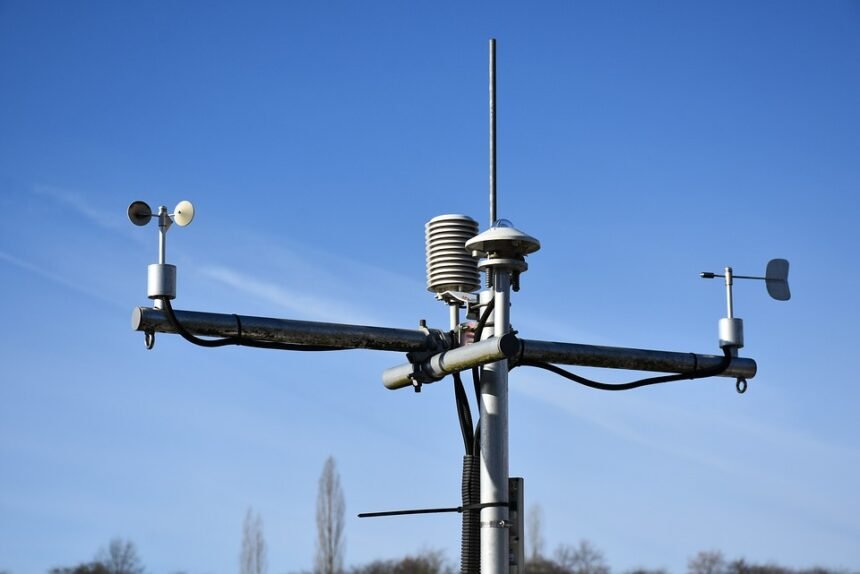Farmers’ Almanac vs. Meteorologists: Who Gets This Season’s Forecast Right?
As the seasons change, many of us look to the skies and the calendars to make sense of what weather lies ahead. Two prominent sources emerge: the Farmers’ Almanac and professional meteorologists. Both claim to predict the whims of Mother Nature, but they do so through vastly different methodologies. So, who gets it right more often, and what sets them apart in their approach to forecasting?
The Farmers’ Almanac: A Time-Honored Tradition
The Farmers’ Almanac, first published in 1818, has become a cultural staple. Its weather predictions are based on a blend of historical data, astronomical patterns, and a secret formula involving sunspot activity, tidal movements, and other environmental factors. The Almanac offers long-range forecasts—up to a year in advance—often divided into regions of the United States and Canada.
The Almanac is known for its engaging prose and colorful illustrations, which resonate with a broad audience beyond just farmers. Its predictions often include humorous anecdotes and farming tips, making it a beloved tradition in many households. People have trusted the Farmers’ Almanac for generations, closely connecting it to rituals like planting crops or preparing for long winters.
Meteorologists: The Science of Forecasting
Conversely, professional meteorologists rely on scientific principles and advanced technology. Using tools such as satellite imagery, radar, and computer models, meteorologists analyze vast amounts of data to generate short- and medium-range forecasts, usually covering a week to 10 days in advance. With real-time observation and the ability to model atmospheric conditions, modern meteorology aims for precision and timeliness.
Meteorologists often emphasize the role of climate patterns, such as El Niño and La Niña, in shaping seasonal weather. Their forecasts can be granular, down to specific locations, offering hourly updates and insights to keep the public informed about severe weather events.
Accuracy: A Tale of Two Forecasting Styles
When comparing the accuracy of the Farmers’ Almanac and meteorologists, several factors come into play. Studies have shown that the Farmers’ Almanac claims an accuracy rate of around 80% based on its historical performance. However, this number is often challenged because the almanac’s forecasts are broad and not designed to be precise. On the other hand, meteorologists boast accuracy rates that fluctuate depending on the time frame—higher accuracy within a couple of days but declining when predicting beyond two weeks.
Recent trends underscore that meteorologists have become increasingly accurate thanks to technological advancements and better data collection. This is particularly evident in predicting severe weather events like hurricanes or snowstorms, where immediate and real-time updates are crucial.
Seasonal Predictions: The Results
The results of seasonal predictions can often seem nebulous. In winter, for instance, the Farmers’ Almanac might forecast a “cold and snowy” season while a meteorologist could predict temperatures to be slightly above average based on climate trends. The true test comes during the actual season as communities experience weather patterns.
A case study from a recent winter season showed the Farmers’ Almanac dwelling on a harsher winter for the Northeast U.S., while meteorologists anticipated a milder season. Ultimately, when the season played out, the meteorologists’ predictions held more validity, as the region experienced widespread warmth with sporadic winter storms rather than the relentless cold and snow the Almanac forecasted.
Conclusion: Embracing Both Perspectives
So, who gets it right? The answer might not be as straightforward as one could hope. Both the Farmers’ Almanac and professional meteorologists offer valuable insights, each catering to different needs within the community. The almanac provides character and folklore, while meteorologists offer nuanced data and expertise.
In today’s world of instant information, many people find themselves valuing both forecasts—the traditional wisdom of the Farmers’ Almanac and the scientific prowess of meteorologists. Perhaps the best approach is to embrace both perspectives and find comfort in knowing that, whether through centuries-old folk wisdom or cutting-edge science, we continue to seek understanding of the ever-changing skies above us. Regardless of the accuracy of any forecast, the rhythm of the seasons remains a vital and cherished part of life.





![Record-Breaking Performance: [Player Name] Leads [Team A] to Victory Record-Breaking Performance: [Player Name] Leads [Team A] to Victory](https://globalnewsweek.icu/wp-content/uploads/2024/10/cyclists-1851269_960_720-150x150.jpg)